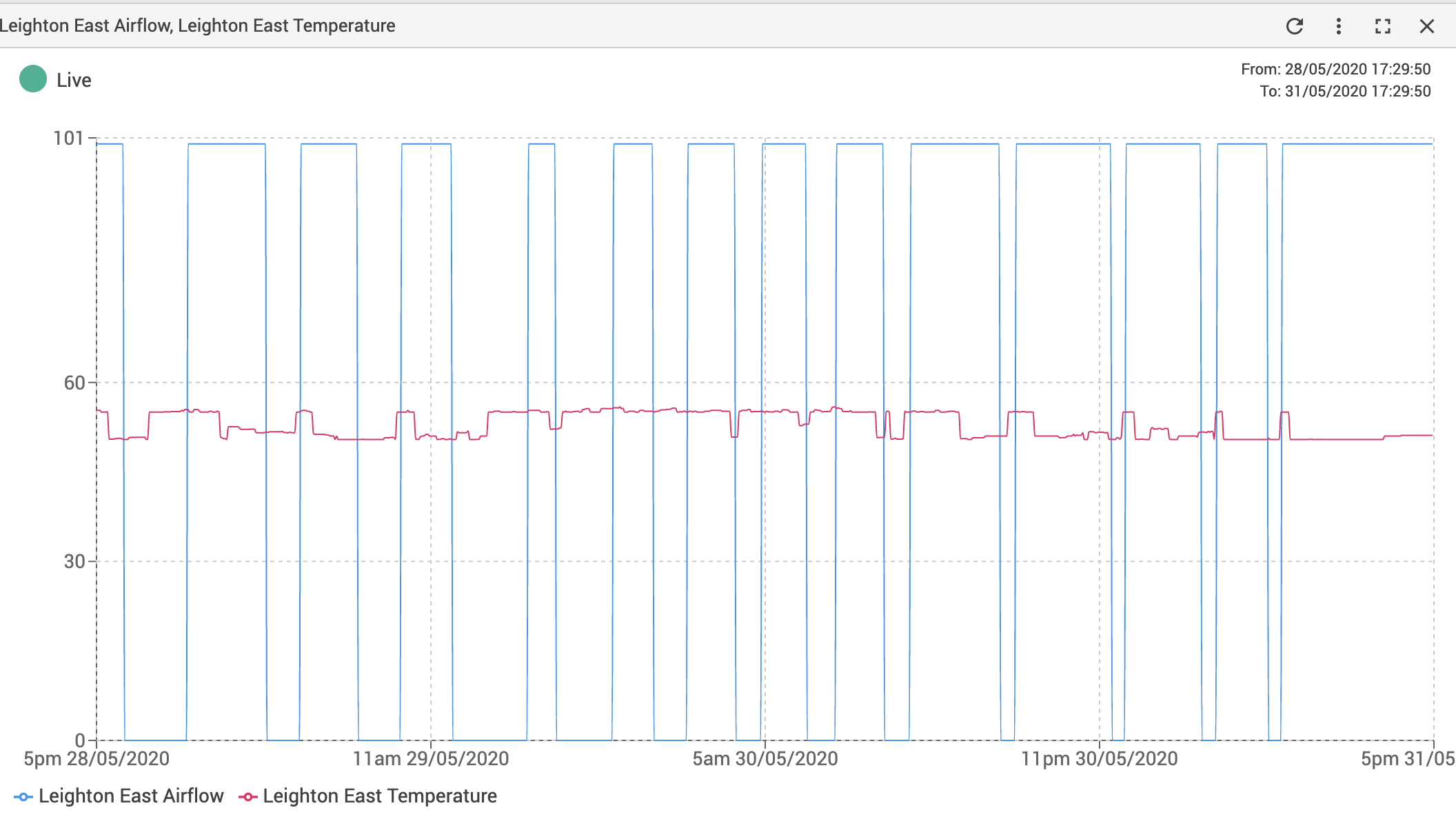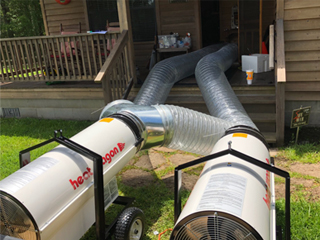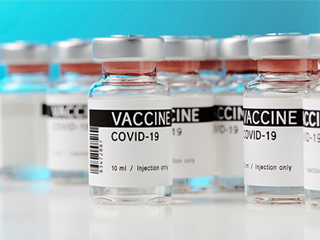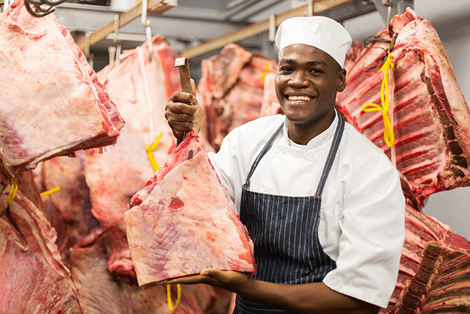Temperature Monitoring for Wine Cellars
An AKCP customer in the USA uses our wine cellar monitoring solution.
Wines require proper storage to preserve and age correctly. changes to temperatures and exposure to light can increase the rate of spoilage. Humidity is also a factor that needs to be monitored and controlled. This is why traditionally wine has been stored in cellars. Underground storage eliminates sunlight, and typically provides more stable temperatures year-round.
AKCP provided a wine cellar monitoring solution that includes temperature, humidity, airflow and water leak detection.
Temperature Sensor
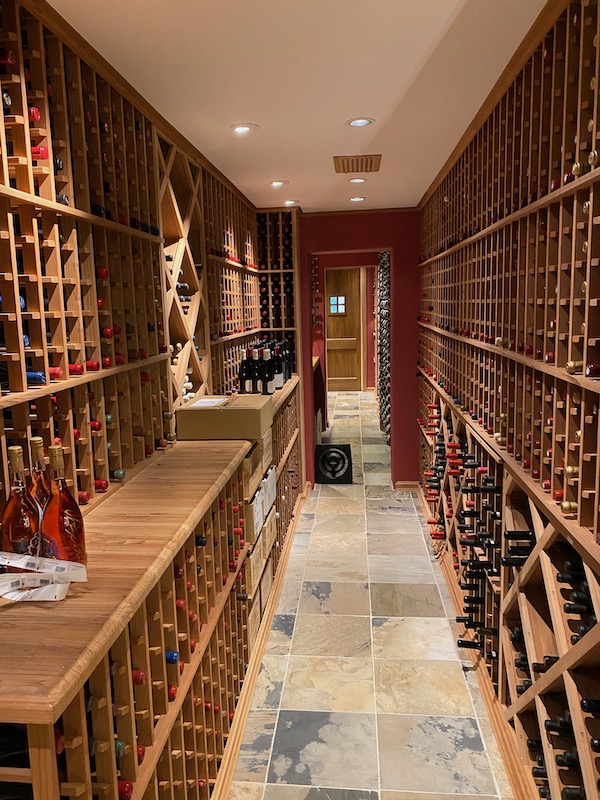
Maintaining a stable constant temperature for wine is important. The ideal temperature is between 11°C and 14°C (52°F to 58°F). Higher temperatures accelerate the ageing process of the wine. a general rule of thumb, every 10°C increase doubles the speed of chemical reactions. So a wine that could take 10 years to age could be past its prime in just a few months if stored incorrectly. With fluctuations in temperature, the cork will expand and contract. This results in fresh air being drawn into the bottle and cause oxidization of the wine. The ageing process of wine is a complex series of chemical reactions. You can’t simply increase the temperature and age it faster so you can drink it sooner. Different chemical reactions will accelerate at different rates. Elevated temperatures result in tannins and colour dropping at a higher rate than the sugars and acids. This results in an imbalance of the wines taste.
Humidity Levels
So we have established that lower temperatures are more suitable for wine storage. But, there is a problem. Lower temperatures usually mean drier air with lower humidity levels. Therefore, humidifiers are often employed in newly built wine cellars. In traditional older wine cellars, underground usually provided a damp, cool environment. The aim when building a wine cellar, therefore, is to recreate the type of conditions found in a real cellar. Low humidity results in cracking to the cork. Although the bottom of the cork is in contact with the wine, the upper part is in contact with the air. When the upper part dries out, it shrinks and cracks. This allows more air to get inside the bottle. With temperatures variations this is even worse as the expansion and contraction of the air trapped in the bottle will draw more air into the bottle. However, if your humidity levels are too high, then mold and mildew will form, damaging corks, vintage labels and storage crates.
Ventilation and Airflow
Ventilation and airflow can be part of your humidity control system. In addition, ventilation will help prevent odors from getting into the wine. Chemicals and foods with a strong odour should not be stored around wines as over time these odors will fuse with the wine.
Water Leaks
In modern wine cellars, HVAC (Heating, cooling and ventilation systems) are employed to maintain the correct environmental conditions. These systems can use chilled water or compressed gas. Water leak sensors will indicate if there has been defrosting after ice build-up or the pump has stopped working.
AKCP Wine Cellar Monitoring Solution
The AKCP SP2+ was deployed together with an air velocity sensor, spot water sensor, dual temperature and humidity sensor. The SP2+ mounted on the wall beside the HVAC chiller system.
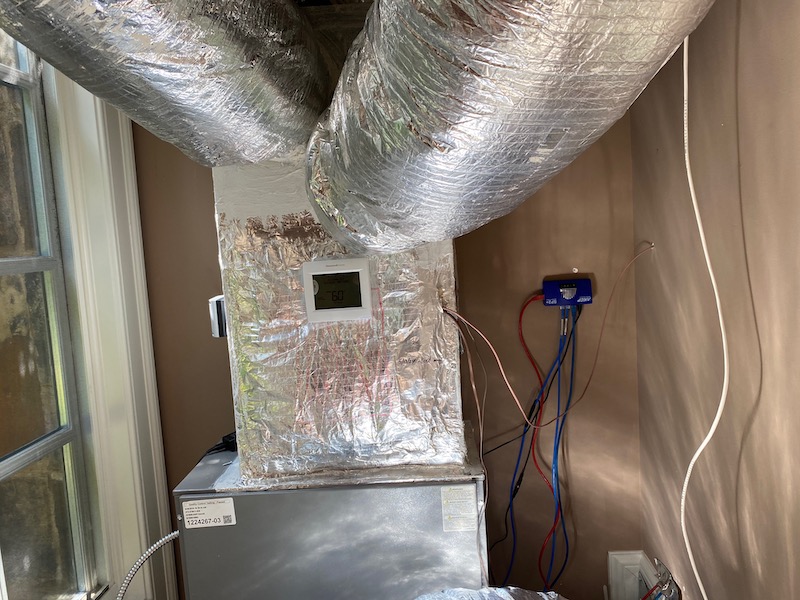
Spot water sensor on the chiller drip pan monitors for leaks.
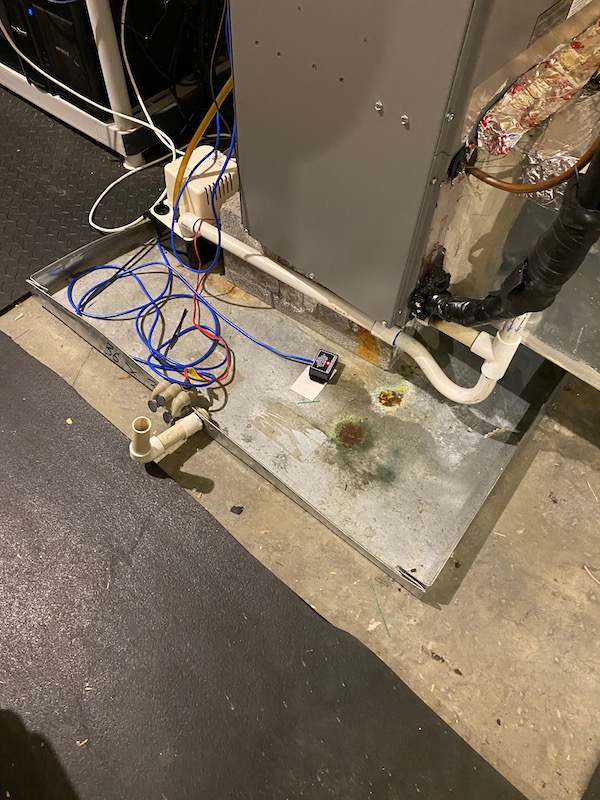
Air velocity sensor installed in ducting of chiller system.

Custom gauges and desktops monitoring with AKCPro Server Software.
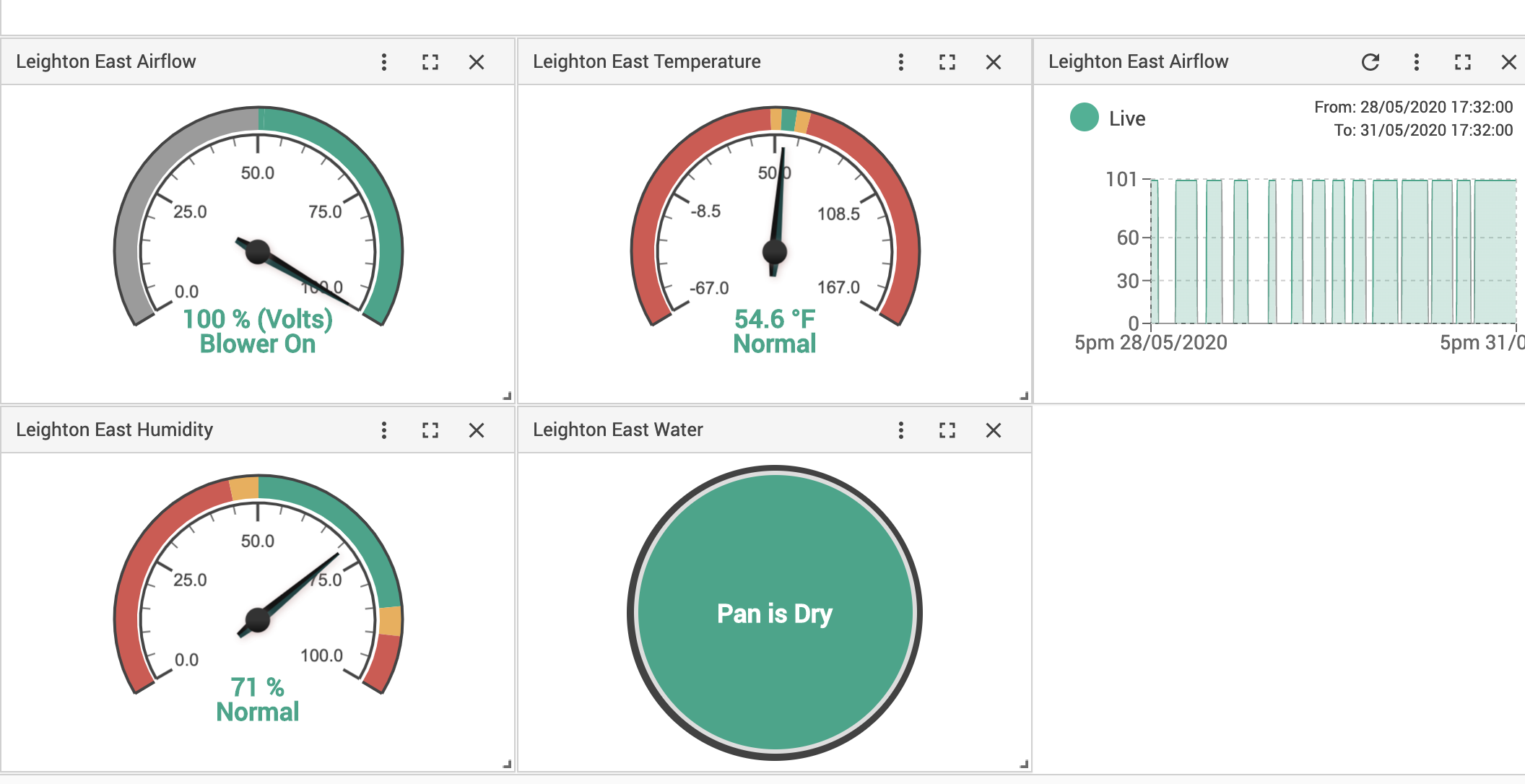
Graphing of temperature and airflow.
